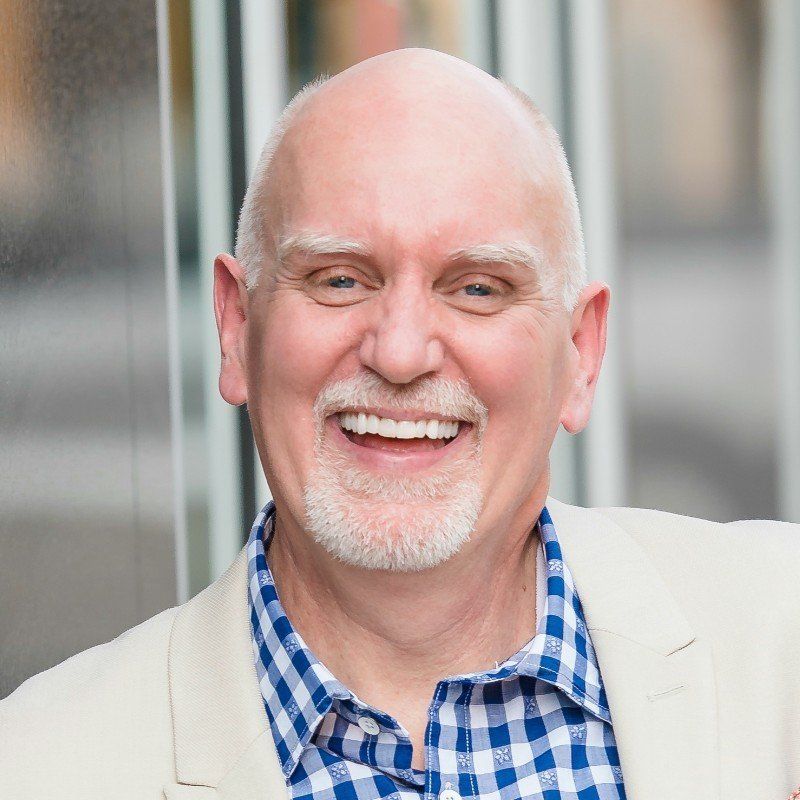You’ll Be Grateful If You Figure Out Your WHY

Changing careers midstream is unusual, but my friend Whitney Johnson did it.
A decade before being named one of the world’s ten foremost business thought leaders by Thinkers50, and a decade before founding her Disruption Advisors tech-enabled talent development company, Whitney was a successful Wall Street stock analyst. “I was good at picking stocks. I could build a decent financial model. I liked being able to say I was an Investor.” People respected it. It carried prestige.
But Whitney was restless and dissatisfied at work. It was an “I’m good at this, and that’s why I can’t keep doing it” kind of feeling.
Major self-disruption isn’t easy. When you disrupt yourself, you’re not just asking what you want to be, you’re asking why you want to be. “Exploring my Why helped me recognize that I wouldn’t stay in the investing business forever,” she said.

What stemmed from that discovery was her S Curve of LearningTM framework that she now teaches to some of the world’s top executives. Founded on cutting-edge research, Whitney demonstrates that significant learning can be modeled on a vertical curve. An effortful Launch Point phase at the bottom leads to rapid upward acceleration in the middle “Sweet Spot.” Then the learning curve gradually levels off at the top as Mastery is achieved, and once-challenging skills become automatic.
Finding the courage to start a new S Curve is a topic Whitney explores with business and personal growth icons on her award-winning podcast. She said, “When I sat down with author Bob Proctor, he agreed that brilliant people shy away from their deepest aspirations because ‘the image they have in their conscious mind is Present.’ They can’t see themselves as anyone other than who they are right now.”
Whitney’s latest book, Smart Growth: How to Grow Your People to Grow Your Company, discusses the importance of circling back to your inner child, and to your childhood growth mentality, when anything was possible.
One of Whitney’s surprising early inspirations as she explored her career change was the TV sensation American Idol. “While still an equity analyst, I read Tom Peters’ article The Brand Called You, published five years earlier. American Idol was also beginning to peak in popularity. I decided to start one of our team training meetings by talking about how American Idol contestants each had a brand—the ‘diva,’ the ‘comeback kid,’ the ‘oddball.’ I then asked every analyst to think about their own personal brand. Were they a stock picker, an industry expert, a connector?”
That was Whitney’s liftoff moment. “I loved preparing that presentation. I spent every spare minute thinking about these ideas and their implications for my colleagues. I wasn’t technically being paid to do it, and I didn’t care.” When Whitney looked at her own personal brand, she saw a major disconnect. “I realized I was only thinking about the market when I had to. At all other times I was thinking about people—their talents, experiences, their potential. I was far more excited by the idea of investing in people than the idea of investing in equities.” A friend told her, “You don’t just invest in stocks. You invest in people and their dreams.”
Read More: The Importance of Getting People to Understand the ‘Why’
Whitney had found her why.
Five years later, she was investing alongside Clayton Christensen. Together they launched the Disruptive Innovation Fund, perhaps the first venture capital initiative to invest heavily in unique individuals rather than in big firms. “After Clay introduced me to the theory of disruptive innovation, I started to wake up to the study of growth. His theory that a silly little David-business could overtake a Goliath-like incumbent enlightened my thinking as a Wall Street analyst. It also revolutionized my thinking about growth. To me, this theory wasn’t just about products, but about people. If we are willing to become a silly little thing, stepping back from who we are today, we can slingshot into who we want to be. And it’s not just for our own benefit. Very often, we also become who the people around us need us to be.”
If I were to sum up Whitney Johnson’s work in three words, those words would be Disruption, Momentum, and Why. She wants you to grow, she certainly helped me grow, and she has a simple visual model that will show you how to direct your growth. Whitney says your launch date is now. 2022 is the year of the Great Aspiration. “The last two years certainly shook up the ground…but broken ground is where new things love to grow,” she adds.
P.S. If you want to learn more on Whitney’s philosophies, read our book, Leading with Gratitude.
This article was also published on Chester Elton's LinkedIn.
How can we help our emplyees to find their WHY? Get engaged and keep track of how your employees are feeling to help them develop themselves by using techonology like Happily (or Budaya for those from Indonesia). It has amazing analytics and also provides activities for employees to be fully immersed in the organisation's culture.
To find out more about Happily, click here or email info@leaderonomics.com
Personal
Tags: Growth Mindset





